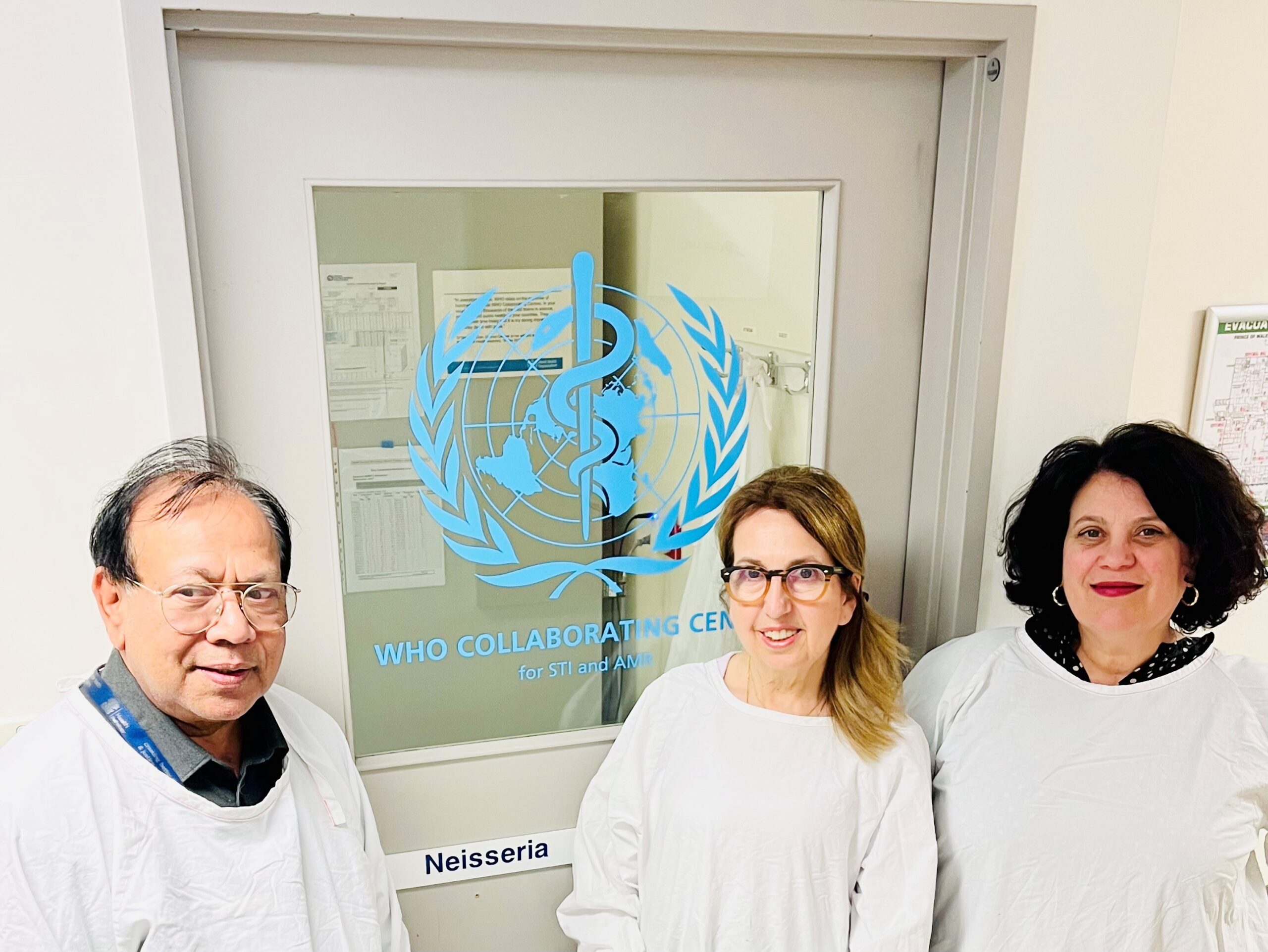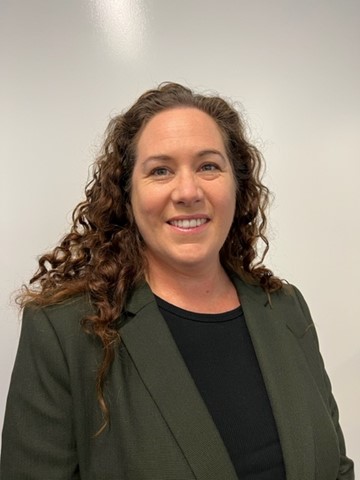Media Resources & Contact

Our Randwick laboratory was designated a World Health Organisation Collaborating Centre in 1998 and since then has been tracking the spread of serious disease across Australia.
The World Health Organisation (WHO) has over 800 institutions in over 80 countries designated as Collaborating Centres – supporting its work in areas such as nursing, communicable diseases, chronic diseases and nutrition.
These centres are an international network of laboratory institutions that help the WHO fulfill its mandated activities, harnessing expertise, skills and resources.
Twenty-five years ago, NSW Health Pathology’s Randwick microbiology laboratory was designated by the WHO Director-General as a Collaborating Centre for sexually transmitted infections and antimicrobial resistance. This WHO Collaborating Centre is also now the national coordinating centre for the WHO Global Antimicrobial Resistance and Use Surveillance System (GLASS).
The GLASS supports global antimicrobial resistance surveillance and research efforts and helps inform decision-making to drive national, regional, and global actions. Since the 1980s the laboratory has also coordinated the national surveillance program for invasive meningococcal disease.
Medical Director at the Randwick Laboratory, Professor Monica Lahra (pictured above far right) congratulated her colleagues on the 25-year milestone, saying it was an honour to be working with the WHO as a Collaborating Centre.
“Antimicrobial resistance occurs when bacteria become resistant to antibiotics and is a major emerging health threat around the world. It can affect anyone and can result in longer hospital stays, higher medical costs, and cause long-term side effects or even death,” Prof Lahra said.
“Our world-leading experts are providing vital surveillance of antimicrobial resistance and working to keep all our communities safe. We coordinate these programs and collaborate with partner organisations globally to support the WHO,” Prof Lahra said.
“Our laboratory coordinates the Australian Gonococcal Surveillance Programme (AGSP) and the Australian Meningococcal Surveillance Programme (AMSP). These programs are part of the work of the National Neisseria Network which includes the Neisseria Reference Laboratories across the states and territories of Australia.
“Noting that gonococcal and meningococcal diseases are very different and the focus of the two programs differs. The AGSP focuses primarily on antimicrobial resistance surveillance, whereas for invasive meningococcal disease the AMSP focuses on genetic typing to determine the serogroup.
“This is important as there are different meningococcal serogroups circulating (mainly B, W, Y and C in Australia) and a number of meningococcal vaccine types.”
Prof Lahra said notifications for both gonococcal and meningococcal diseases were down during the COVID pandemic.
“In particular meningococcal disease rates in Australia were the lowest ever recorded,” Prof Lahra said.
“This was attributed to a range of factors including public health restrictions and very low rates of influenza, as meningococcal disease is known to increase with seasonal influenza. Other factors include a change in vaccine on the immunisation schedule in 2018 to cover additional meningococcal serogroups (from C to ACWY).”
Following the easing of restrictions from COVID there has been an increase in meningococcal disease reported in Australia and elsewhere.
Tracking of antimicrobial resistance is showing more notifications and more resistance, in many cases associated with travel or contact overseas, where antimicrobial resistance rates are higher.
Find out more about our Randwick WHO Collaborating Centre.

